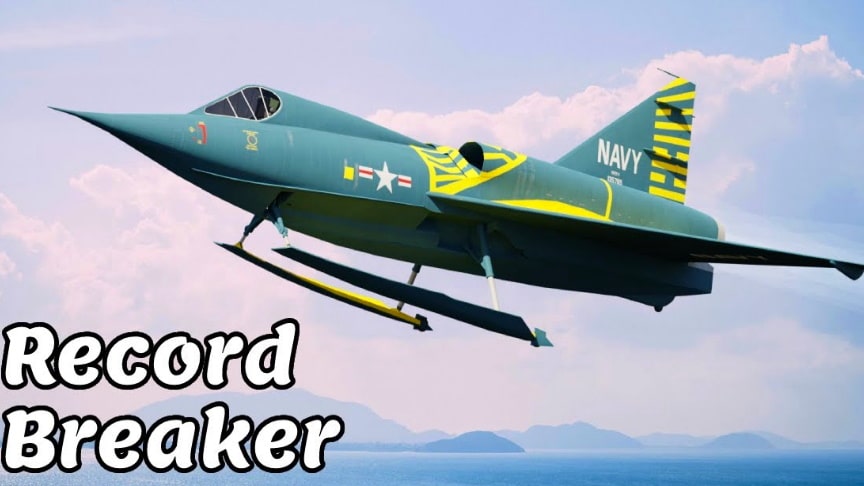In the early 50s, an impossible new aircraft took to the sky. A interceptor like no other that could be deployed from submarines, take off from the sea itself and go – supersonic. The US dubbed it the supersonic seaplane and it would usher in a new age of navy defense. But this would never come to pass and the plane would have a tragic future.
source/image(PrtSc): Found And Explained
This is the US navy story of what could have been.The Convair Supersonic Sea Dart. This hypothetical new jet would have to take off and land from the ocean itself – a supersonic seaplaneThus engineers at Convair got to work on a radically new aircraft design to fill the navy requirements. Replacing the wheels were hydroskins, that deployed when the aircraft was up to speed on the water surface, and then retracted to allow supersonic speeds.Found And Explained
It didn’t have the ability to land on a runway, but it did have small wheels to move up onto a ramp for deployment or retrieval. The engines were mounted on the back of the aircraft, with the intakes well up above the wings to prevent water ingestion during takeoff and landing. Its internals were compartmentalised, to allow it to sustain damage in the air and not sink when it returned to the ground.
Advertisement
It had twin dive brakes on the lower rear fuselage that could be also be used as water brakes or rudders as it putted around. The aircraft was planned to be armed with four 20 millimeter cannons and a pack of 70 millimeter (2.75 inch) folding-fin air rockets (FFARs) – pew pew. This new seaplane was planned to reach mach 1.25, and have a range of 513 mi or 826 km – enough to intercept any of those pesky soviet bombers./via/read more: Found And Explained











